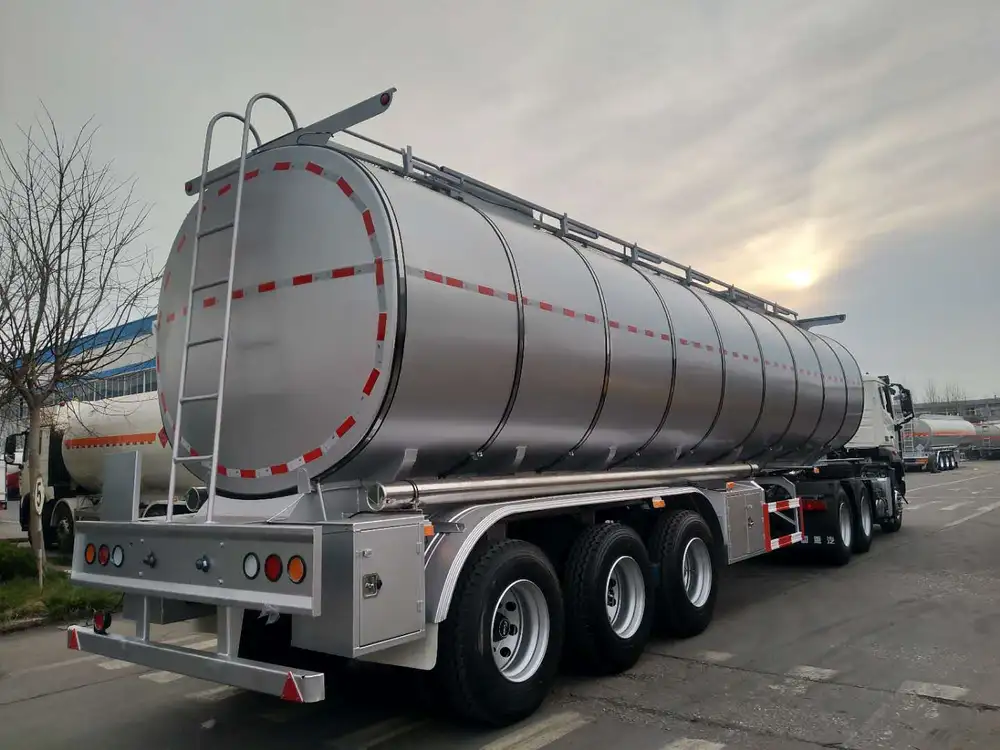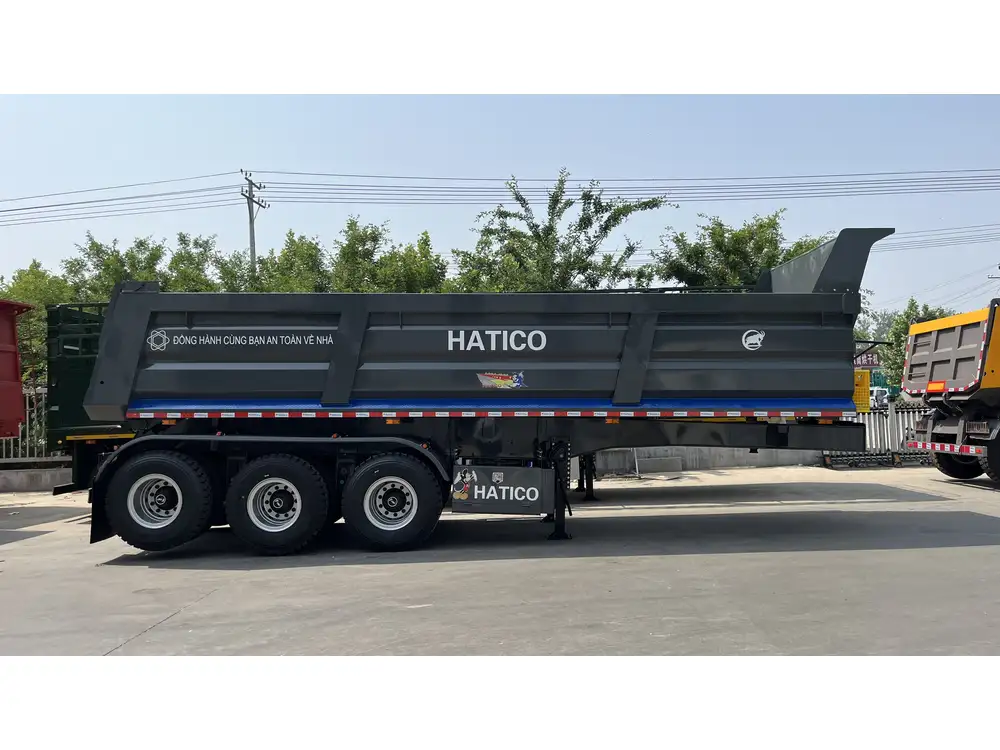When it comes to the fascinating world of logistics and transportation, one of the most pressing questions pertains to the fuel capacity of semi-trucks. As the backbone of freight movement across continents and nations, understanding the intricacies of semi-truck fuel capacities is essential. This informative guide aims to dissect the various dimensions of semi-truck fuel storage, encompassing common capacities, variations among models, and relevant factors that influence fuel consumption.
Common Fuel Capacities for Semi-Trucks
Table of Standard Fuel Capabilities
| Semi-Truck Model | Standard Fuel Tank Capacity (Gallons) | Purpose |
|---|---|---|
| Freightliner Cascadia | 100-300 | Long-haul transportation |
| Peterbilt 579 | 125-200 | Versatile hauling |
| Kenworth T680 | 100-300 | Construction and freight |
| Volvo VNL Series | 100-150 | Long-haul efficiency |
| International LT Series | 100-150 | Regional and long-haul |
| Mack Anthem | 100-150 | Heavy-duty performance |
These tanks may seem ample at first glance, but factors such as weight distribution, anticipated routes, and desired operational range become critical considerations for trucking companies and owner-operators alike.

Factors Influencing Fuel Capacity
Trucking Purpose
- Long-haul vs. Local: Long-haul trucks often come with larger fuel tanks which allow for extended driving without refueling. Conversely, urban trucks may have smaller tanks due to shorter routes.
Regulatory Considerations
- Road Load Restrictions: Due to weight restrictions on certain roads, a trucking company must weigh the benefits of larger tanks against possible penalties for exceeding weight limits.
Model Specifications
- Manufactory Variations: Different manufacturers offer varying fuel tank options based on engine type and design. Hence, it is imperative to choose the right model that balances fuel capacity and efficiency.
The Impact of Higher Fuel Capacity
Higher fuel capacity influences not only the operational efficiency of a trucking fleet but also affects maintenance schedules, cost savings, and environmental footprints. With a greater fuel range, a truck can operate longer distances between refueling stops, thus optimizing time—and, ultimately, logistics costs.
Advanced Fuel Tank Options and Configurations

Dual Fuel Tanks
Dual fuel tanks are often seen in larger, long-haul models. This setup allows for heightened fuel storage without significantly changing the truck’s center of gravity. Utilizing two tanks instead of one can enhance overall efficiency:
- Increased Range: With the capacity to hold double the fuel, trucks can haul freight over longer distances without frequent stops.
- Fuel Management: Fuel can be drawn from either tank, helping to balance weight distribution as one tank empties.
Auxiliary Fuel Tanks
Alternatively, auxiliary fuel tanks are available as aftermarket options or factory-installed features:
- Additional Storage: These tanks can supplement the existing ones. They can be mounted in various compartments, ensuring minimal disruption to truck ergonomics.
- Fuel Types: Auxiliary tanks can accommodate alternative fuels such as biodiesel, enabling trucking companies to experiment with sustainable fuel options.
Fuel Efficiency: Balancing Capacity with Performance

Factors Affecting Fuel Efficiency
Understanding how fuel tank capacity interacts with semi-truck fuel efficiency is crucial for operational excellence:
Aerodynamics: Fuel efficiency can be affected by the aerodynamic design of the truck. Advanced designs mitigate air resistance, allowing trucks to consume fuel more judiciously.
Weight: Payload weight significantly impacts fuel economy. A heavier load demands more fuel, thereby stressing the importance of optimal cargo weight alongside sufficient tank capacity.
Driving Conditions: Terrain, weather, and driving habits contribute substantially to fuel consumption. Adverse conditions may compel trucks to use more fuel than necessary.
Fuel Economy Techniques
Enhancing fuel economy can lead to profound savings, especially for long-haul operations:
Cruise Control: Using cruise control on highways helps maintain a consistent speed, which can reduce fuel consumption.
Regular Maintenance: Routine check-ups of tires, brakes, and engine ensure that fuel is utilized efficiently. For instance, incorrect tire inflation can lead to higher drag and more fuel expenditure.
Conclusion: Making Informed Choices on Semi-Truck Fuel Capacities
To adequately navigate the multifaceted realm of trucking and logistics, it’s clear that semi-truck fuel capacities are much more than simple measurements of volume. Semi-truck operators and fleet managers must consider not only the gallon capacities but also how these relate to operational efficiency, performance, and cost-effectiveness.
By grasping the details laid out about tank capacities and operational features, industry players can make informed decisions when selecting trucks that meet their needs. Whether investing in a brand new model or considering retrofitting existing fleets, knowledge of tank size and its implications are pivotal for achieving long-term success in the transportation sector.
As we continue evolving in this dynamic industry, let’s heed the significance of smart fuel management and its role in creating a sustainable and efficient trucking environment.



